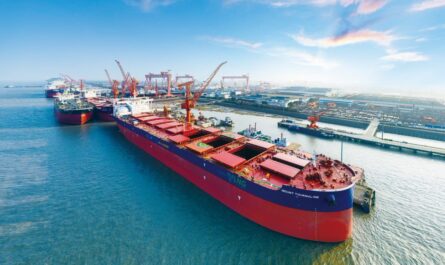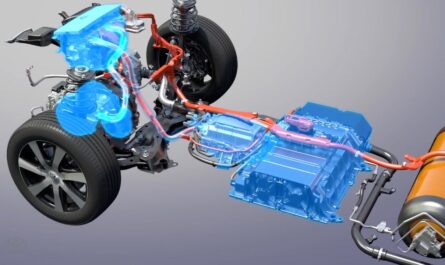Seismic Surveying: Revealing Earth’s Geology
Seismic surveying is a key method used by geologists and engineers to understand the subsurface structures and geology of the Earth. By sending seismic waves deep underground and analyzing their reflections, valuable insights can be gained about what lies beneath the surface. Let’s take a closer look at this important geological tool.
What is Seismic Surveying?
Seismic surveying, also called reflection seismology, involves generating controlled seismic energy sources at the Earth’s surface or in boreholes and measuring the time it takes for the seismic waves to travel through the subsurface and reflect back to sensors at the surface. The sources create elastic vibrations or “seismic waves” that propagate into the Earth. When these waves encounter interfaces between geological formations with different properties, such as rock type or fluid content, they are partially reflected. By measuring the travel time of the reflected signals, detailed images can be constructed of the subsurface structures.
Seismic Equipment Used
Several different types of equipment are used in seismic surveying. Common sources of seismic energy include vibrator trucks that generate low-frequency vibrations, explosive charges such as dynamite, and air guns that are towed behind boats for marine surveys. Geophones or hydrophones are used as sensors to detect the reflected seismic signals. Geophones placed in an array on land measure ground particle motion, while hydrophone streamers towed behind vessels at sea record pressure changes in water. Recording systems digitize and store the received data for later processing and interpretation.
Data Processing and Interpretation
The raw seismic data collected undergoes extensive processing to enhance the reflected signals and suppress interfering noise. Techniques such as deconvolution, filtering, velocity analysis, stacking and migration are used to transform the arrivals into a clear image of subsurface rock layers. Reflectors that are curved or dipping can be flattened during migration to reveal more accurate layer geometries. Once processed, the seismic sections can be interpreted by geophysicists and geologists to map subsurface structures like faults, folds, stratigraphic boundaries and fluid contacts. Additional attributes may also be extracted, such as lithology indicators, layer thicknesses and reservoir properties.
Applications of Seismic Surveys
Seismic surveying has wide-ranging applications across industries:
Oil and Gas Exploration – Seismic is crucial for providing subsurface context for hydrocarbon exploration and production activities. High-resolution 3D surveys help map potential trap structures for oil and gas accumulation. Time-lapse or “4D” seismic monitoring is also used to track fluid movements during production.
Engineering Site Investigation – Near-surface seismic characterization aids engineers in assessing ground conditions prior to construction projects. Reflection profiles help locate subsurface cavities, boulders or unstable zones. Shear wave surveys detect variations in soil stiffness.
Groundwater Exploration – Aquifers can be geologically mapped using seismic methods to better understand their potential yields and the movement of subsurface fluids. This aids sustainable management of water resources.
Mineral Exploration – Deeper reflection and refraction profiles reveal geological structures favorable for hosting mineral deposits. Seismic attributes may also detect signatures of certain ore body types.
Geological Mapping – Regional surveys provide invaluable insights into mapping subsurface stratigraphy, structure, and fault relationships over large areas. This advances geological understanding of an area’s tectonic history.
Challenges of Seismic Surveys
While seismic surveys offer a powerful non-invasive view into the subsurface, some challenges remain:
– Deeper targets require more energy to image adequately. Resolution and penetration are usually inversely related.
– Complex geology involving multiple reflectors, faulting or sub-vertical dikes can degrade data quality after migration.
– Low-contrast boundaries between rock units may not clearly show up on seismic profiles.
– Acquisition costs rise significantly with increasing survey size or complexity. Land access restrictions also impact feasibility.
– Ambiguities can exist in seismic-to-well ties and interpretation of geological structures without borehole constraints.
However, continued improvements in equipment, data processing techniques and computer power are helping address some of these limitations. Overall, seismic surveying remains a highly valuable tool enabling innovative subsurface exploration and monitoring across industries. As technology advances, our ability to “see into the earth” with seismic methods will only continue growing.
In summary, seismic surveying provides a non-invasive window into the subsurface structures and stratigraphy of the Earth through analysis of reflected seismic wave arrivals. Its applications span oil and gas exploration, engineering site investigations, groundwater, minerals and basic geology. While challenges remain, seismic methods are a vital component of modern subterranean exploration and monitoring.
Note:
1. Source: Coherent Market Insights, Public sources, Desk research
2. We have leveraged AI tools to mine information and compile it




